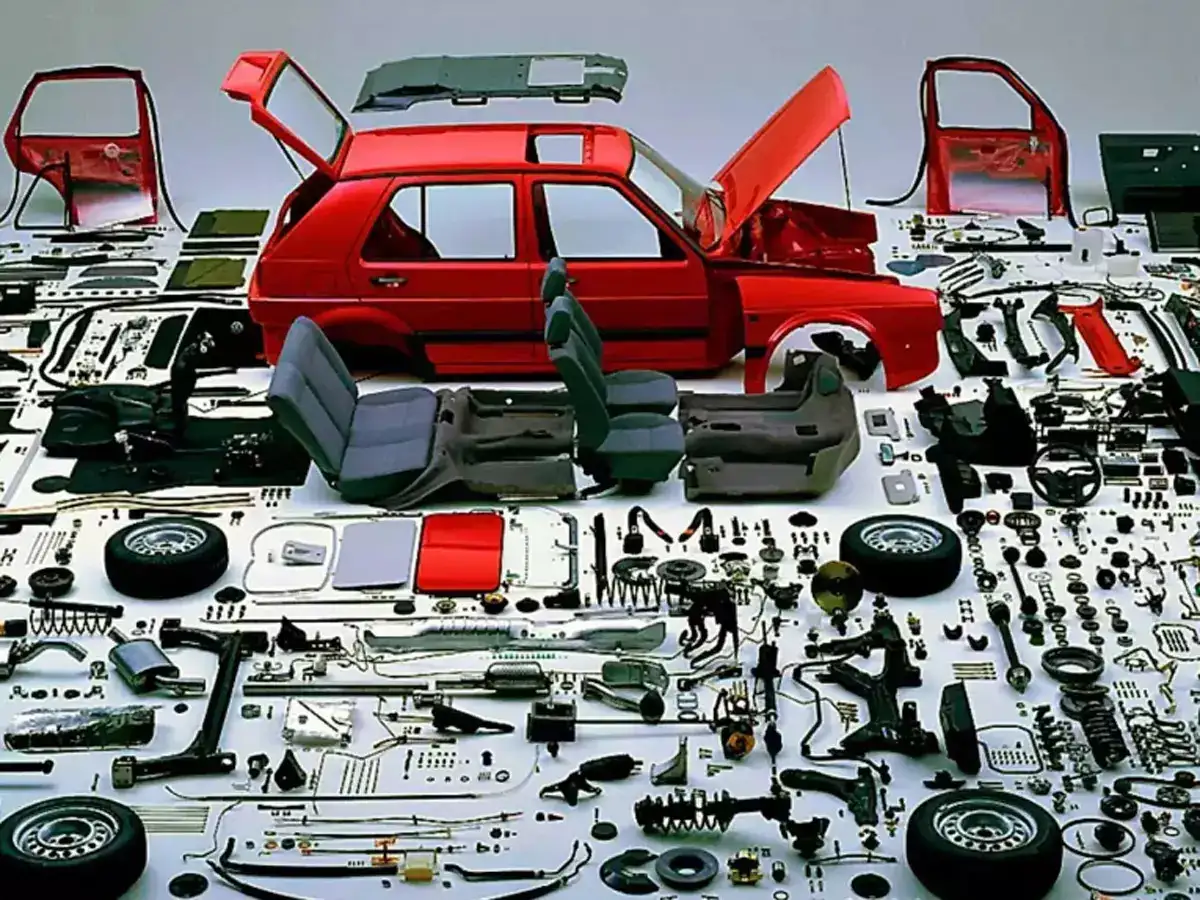India's strong manufacturing sector and cost competitiveness are positioning the nation to become the world leader in the auto components market, finds a new NITI Aayog report. The "Automotive Industry: Powering India's Participation in Global Value Chains" report presents a roadmap for tripling auto component exports and positioning India as a player in the international automotive supply chain by 2030.
Introduction
NITI Aayog's recent report emphasizes India's increasing potential in the international auto component industry, fueled by a rise in exports, a competitive manufacturing environment, and focused policy reforms. Although India currently accounts for only 3% of the world's auto component trade, it is targeting its exports to grow from $20 billion to $60 billion by 2030, capitalizing on its strengths and overcoming major challenges to global competitiveness.
Key Points
India's Manufacturing and Cost Advantages
-
India's growing manufacturing footprint and reduced labor, fuel, and power expenses offer a strategic edge in producing automotive parts in volume.
-
India's auto component exports increased by 73% from FY21 ($7.4 billion) to FY24 ($12.8 billion), indicating robust post-pandemic recovery and overseas demand.
-
Principal export markets are North America (34% of exports), Europe (27%), with the US and Germany as the principal markets.
Ambitious Growth Targets
-
NITI Aayog estimates auto component exports to reach $60 billion by 2030, with total production crossing $145 billion.
-
Implementation of these goals will create 2–2.5 million additional jobs and give India a $25 billion trade surplus.
-
The industry is likely to gain from largesse government programs such as Make in India, Atmanirbhar Bharat, PM E-Drive scheme, and Production Linked Incentive (PLI) scheme, which have already seen investments worth over ₹66,000 crore.
Export and Import Trends
-
India's exports are led by Drive Transmission Systems, Engine Components, and Electrical/Electronics, which make up 53% of the overall export contribution
-
Imports too have increased by 80% between FY21 and FY24, with China accounting for 23% of India's auto component imports.
-
India's auto component trade is almost balanced, but the emphasis is on building high-precision and value-added segments.
Threats to Global Leadership
-
India has a cumulative cost disadvantage of about 10% relative to China, primarily because of raw material price inflation, logistics inefficiencies, and higher energy and financing costs.
-
The nation's access to high-precision niches such as engine and transmission systems continues to be low (2–4% of global share of trade).
-
To overcome these challenges, both fiscal and non-fiscal interventions such as R&D expenditure, operational subsidization, supply chain integration, and Industry 4.0 technology adoption are necessary.
Strategic Recommendations
-
NITI Aayog suggests building industrial clusters, promoting R&D and skill development, encouraging international cooperation, and easing regulatory procedures for improving competitiveness.
-
Easy access to fast-expanding markets of Africa and Southeast Asia presents other opportunities for growth in exports because automobile sales and production are picking up there.
Conclusion
India's automobile component industry has reached a decisive moment with huge potential to be the global exporting giant. Depending on its comparative advantages in the manufacturing sector as well as institutional reforms, India can really consolidate its presence within the international market of automobile components and generate overall economic growth.
Relevant Sources: Republic World, Economic Times, PIB, NITI Aayog Report (PDF), Entrepreneur India, Devdiscourse

